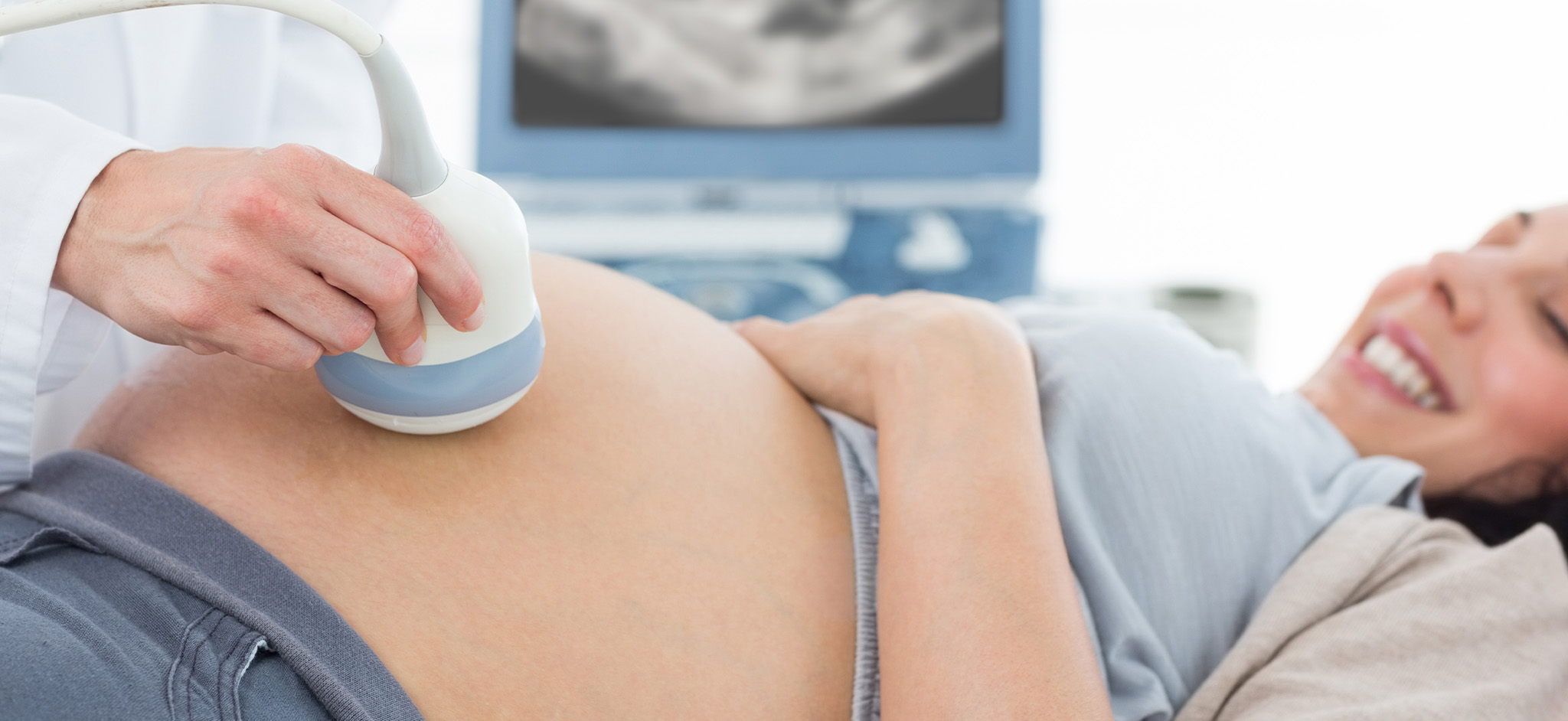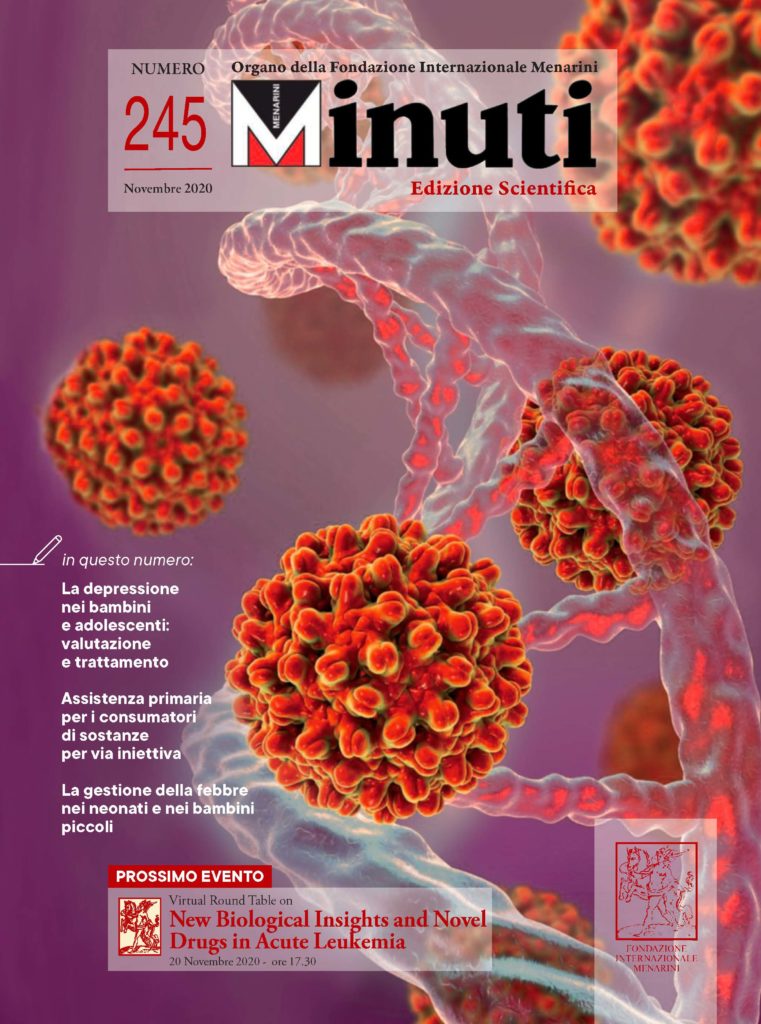
Parkinson disease
di Anne D. Halli-Tierney, Jacquelynn Luker, Università dell'Alabama • November 2021
Parkinson disease is a progressive neurodegenerative disorder with significant morbidity and mortality. Most patients consult with their primary care physician about Parkinson disease symptoms before seeking care from a specialist. The diagnosis of Parkinson disease is clinical, and key disease features are bradykinesia, rigidity, and tremor. The main diagnostic signs of Parkinson disease are motor symptoms; however, Parkinson disease is also associated with nonmotor symptoms, including autonomic dysfunction, depression, and hallucinations, which can make the initial diagnosis of Parkinson disease difficult. Disease progression is variable and clinical signs cannot be used to predict progression accurately. Therapies, including levodopa, have not demonstrated the ability to slow disease progression. Motor symptoms are managed with carbidopa/levodopa, monoamine oxidase-B inhibitors, and non ergot dopamine agonists. Prolonged use and higher doses of levodopa result in dyskinesias and motor symptom fluctuations over time. Deep brain stimulation surgery is performed for patients who do not achieve adequate control with levodopa therapy. Deep brain stimulation is most effective for significant motor fluctuations, dyskinesias, and tremors. Nonmotor symptom therapies target patient-specific conditions during the disease course. Interdisciplinary team care can alleviate multiple symptoms of Parkinson disease.
(Am Fam Physician. 2020;102(11):679-691. Copyright © 2020 American Academy of Family Physicians.)
(Am Fam Physician. 2020;102(11):679-691. Copyright © 2020 American Academy of Family Physicians.)
Related Articles
Management of Late-Term and Postterm Pregnancy
di
Dr.ssa Breanna Gawrys, Dr.ssa Diana Trang, Dr.ssa Whay Cheng
September 2025
Highlights
di
Aaron Saguil, Matthew V. Fargo
∙
February 2021







